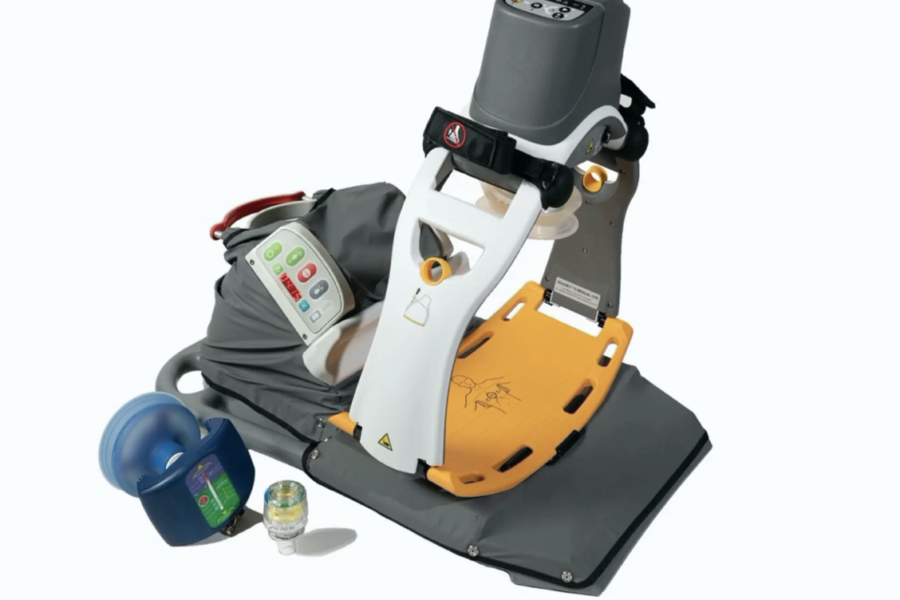New York Times The conventional method for chest compressions doesn’t have a great success rate. Doctors are pumping it up with a high-tech plunger.
In 1988, a 65-year-old man’s heart stopped at home. His wife and son didn’t know CPR, so in desperation they grabbed a toilet plunger to get his heart going until an ambulance showed up.
Later, after the man recovered at San Francisco General Hospital, his son gave the doctors there some advice: Put toilet plungers next to all of the beds in the coronary unit.
The hospital didn’t do that, but the idea got the doctors thinking about better ways to do CPR, or cardiopulmonary resuscitation, the conventional method for chest compressions after cardiac arrest. More than three decades later, at a meeting of emergency medical services directors this week in Hollywood, Fla., researchers presented data showing that using a plunger-like setup leads to remarkably better outcomes for reviving patients.
Traditional CPR doesn’t have a great track record: On average, just 7 percent of people who receive it before getting to the hospital are ultimately discharged with full brain function, according to a national registry of cardiac arrests treated by emergency medical workers in communities across the country.
“It is dismal,” said Dr. Keith Lurie, a cardiologist at the University of Minnesota Medical School who treated the plunger patient in 1988.
The new procedure, known as neuroprotective CPR, has three components. First, a silicone plunger forces the chest up and down, not only pushing blood out to the body, but drawing it back in to refill the heart. A plastic valve fits over a face mask or breathing tube to control pressure in the lungs.
The third piece is a body-positioning device sold by AdvancedCPR Solutions, a firm in Edina, Minn., that was founded by Dr. Lurie. A hinged support slowly elevates a supine patient into a partial sitting position. This allows oxygen-starved blood in the brain to drain more effectively and to be replenished more quickly with oxygenated blood.
